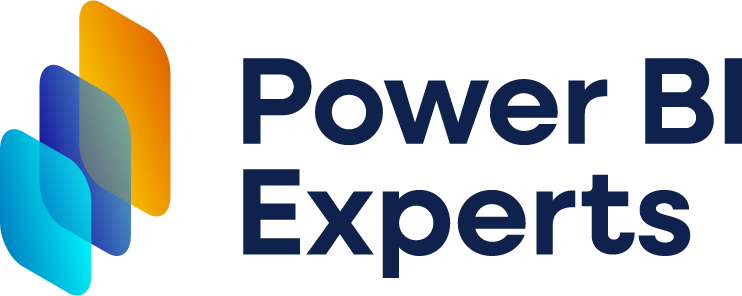Unlocking the Power of Data: How Power BI Transforms Government Operations 🚀
- barboracholevova
- Oct 28, 2024
- 2 min read
I

n today’s fast-paced world, governments face the challenge of managing vast amounts of data while ensuring transparency and efficiency. This is where Power BI comes in—a powerful business intelligence tool that can revolutionize how public sector organizations analyze and visualize their data! 📊✨
What is Power BI? 🤔
Power BI is a cloud-based analytics service from Microsoft that allows users to create interactive reports and dashboards. It helps organizations make data-driven decisions by transforming raw data into meaningful insights, all without needing extensive technical expertise.
Real Examples of Power BI Visualizations in Government 🌟
Budget Allocation Dashboards: Governments can create visualizations to showcase how budgets are allocated across various departments. This dashboard can include pie charts displaying the percentage of total budget spent on healthcare, education, and public safety, allowing citizens to see where their tax dollars are going.
Crime Statistics Heat Maps: Law enforcement agencies can use Power BI to generate heat maps that visualize crime statistics across different neighborhoods. This helps identify crime hotspots, enabling authorities to allocate resources more effectively.
Public Health Metrics: Power BI can visualize data related to public health, such as vaccination rates, hospital bed occupancy, or COVID-19 case numbers. For instance, a line graph can show the trend of vaccination rates over time, helping health officials make informed decisions.
Citizen Engagement Surveys: Governments can visualize the results of citizen engagement surveys using bar charts and scatter plots. This can help officials understand public sentiment on various issues, such as transportation or public services.
Environmental Monitoring Dashboards: Environmental agencies can create dashboards that track air quality, water quality, and other environmental indicators. For example, a combination of gauges and line graphs can illustrate changes in pollution levels over time, helping to inform policy decisions.
Predictive Analysis of Student Performance: Schools can leverage Power BI to perform predictive analysis on student performance, identifying those at risk of falling behind. By analyzing historical data, educators can create visualizations that forecast future outcomes, enabling proactive intervention strategies to help students succeed. 📚🔍
Infrastructure Project Management: Power BI can assist in visualizing data related to infrastructure projects, such as timelines, budgets, and resource allocations. Gantt charts can display project progress, while bar charts can illustrate budget consumption across different phases of the project.
Emergency Response Dashboards: During emergencies, governments can use Power BI to create dashboards that track response efforts, resource allocation, and incident reports. This can help emergency management teams assess the situation in real time and coordinate their efforts more effectively.
Workforce Analytics: Human resources departments can utilize Power BI to visualize employee data, such as demographics, retention rates, and performance metrics. This can help identify trends and areas for improvement in workforce management.
Power BI Services and Consulting
Power BI offers a range of tools for government agencies to enhance their data management and visualization capabilities. By leveraging Power BI Services and Consulting, agencies can effectively implement this technology to improve decision-making, transparency, and public engagement.
For more information on how Power BI can benefit your organization, consider exploring available services tailored to the specific needs of government entities.




